Upgrading your tub faucet can enhance its performance and change how your bathroom looks. This article will make it easy for you to replace your faucet, regardless of whether it is old, leaking, or not your style.
Additionally, we'll show you Empava's high-end bathtubs and faucets to help you decide on your next bathroom renovation. Let us begin the procedure step-by-step!
Why Replace Your Tub Faucet?
The following are some advantages of replacing your tub faucet:
- Enhanced functionality: A modern faucet may operate more smoothly and have improved water flow.
- Enhanced style: Contemporary faucets, such as those in Empava's line, can significantly improve the visual appeal of your bathroom.
- Efficiency of water: Switching to water-efficient faucets reduces utility costs and helps conserve water.
- Preventing leaks: Replacing an old faucet helps avoid expensive water damage.
Tools and Materials You’ll Need
Before you begin, gather the following tools and materials:
- Adjustable wrench or pliers
- Screwdriver (flathead and Phillips)
- Plumber’s tape
- Hex key (if needed)
- Replacement tub faucet (consider Empava’s bathtub faucets)
- Bucket or towel (to catch water)
- Cleaning cloth
- Lubricant (such as WD-40) for loosening stuck parts
- Utility knife (to remove old caulk, if applicable)
- Measuring tape (to ensure proper fit)
Step-by-Step Guide to Replace a Tub Faucet
Follow these procedures to replace your bathtub faucet securely and efficiently:
Step 1: Turn Off the Water Supply
Firstly, turn off the water supply to avoid a mess. Most tub faucets do not have a specific shutdown valve, so you may need to turn off the water supply for the entire house. Turn the faucet handle to ensure that no water runs.
Step 2: Drain the Remaining Water
To release any leftover water, turn on the faucet. Place a bucket or cloth beneath the faucet to collect extra water. This eliminates spills and keeps your work area dry.
Step 3: Remove the Old Faucet
Your faucet type will determine how to remove it:
-
Screw-on faucet:
- Using an adjustable wrench, spin the faucet counterclockwise to unscrew it. If turning is challenging, lubricate the threads with WD-40 and leave them for a few minutes.
- After the faucet is loose, carefully remove it and inspect the pipe for debris or damage.
-
Slip-on faucet:
- Examine the area beneath the faucet for a set screw. Use a hex key to loosen it.
- Gently remove the tap from the pipe. To make it looser, move it back and forth if it feels stuck.
Pro Tip: Make sure your new faucet will fit properly by noting the size and type of the pipe threads or connection.
Step 4: Remove Old Caulk or Sealant (if applicable)
If the faucet's base has any old caulk or sealant, carefully scrape it off using a utility knife. This will guarantee a safe and hygienic installation of the new tap.
Step 5: Clean the Area
To wipe the pipe off any debris, rust, or old plumber's tape, use a cleaning cloth. A clean surface ensures that the new faucet will connect securely. For tough rust or grime, use steel wool or a light abrasive cleanser.
Step 6: Prepare the New Faucet
- Check the new faucet for any missing components or flaws.
- To make sure the pipe is completely sealed, wrap the plumber's tape across its threads. When you install the faucet, make sure you wrap it in a clockwise direction to avoid unraveling.
Step 7: Install the New Faucet
- For screw-on faucets: The new faucet is manually threaded onto the pipe. Use a wrench to tighten it, but don't tighten it too much as this could harm the faucet or threads.
-
For slip-on faucets: To ensure a tight fit, slide the faucet onto the pipe. Next, tighten the screw beneath it with a hex key.
Check out Empava’s modern tub faucets for stylish and durable options.
Step 8: Test the New Faucet
Slowly turn on the water supply again. Turn your new faucet on and off a few times to test it. Inspect the base and connections for leakage. If you find any leaks, shut off the water supply and tighten the connections or reapply the plumber's tape.
Types of Tub Faucets and Installation Tips
Different types of tub faucets require specific installation techniques:
- Wall-mounted faucets: It is ideal for clawfoot or freestanding tubs. These faucets attach directly to the wall above the tub. Make sure the faucet holes are correctly positioned and the wall plumbing is secure. The freestanding bathtubs by Empava look great with faucets that are installed on the wall.
- Deck-mounted faucets: It is common in built-in bathtubs. These faucets are fixed on the tub's rim. For installation, make sure the tub rim has holes pre-drilled in it.
- Handheld faucets: These versatile choices provide flexibility for tasks like cleaning the tub or rinsing hair. This makes it ideal for families. Make sure you have a bracket to anchor the handheld attachment while not in use.
Pro Tip: To prevent incompatibility issues always buy faucets that are suitable for the plumbing system of your tub.
Benefits of Upgrading to Empava Faucets
Empava faucets are made with sustainability, style, and quality in mind. Here are some reasons to think about them:
- Modern designs: Give your bathroom a sense of elegance.
- Durable materials: High-end finishes like chrome and brushed nickel give it a long lifespan.
- Eco-friendly features: Save while maintaining functionality to support sustainable practices.
- Numerous options: Empava offers a wide variety of solutions, including wall-mounted, deck-mounted, and handheld options.
Start your bathroom makeover right now by looking through Empava's bathtub accessories!
FAQs About Replacing Tub Faucets
Can I replace a tub faucet myself?
Yes! Replacing a bathtub faucet is a simple DIY project if you follow the instructions carefully. Make sure you have all the tools and materials you'll need in advance.
How do I know which faucet fits my tub?
Check the type of pipe connection (slip-on or threaded) and measure your current faucet. Verify that the new faucet meets these requirements. If you're unsure, check the manufacturer's instructions.
How often should I replace my tub faucet?
The average lifespan of a tub faucet is 10 to 15 years. Replace yours as soon as possible if it's old, rusted, or leaking.
Are modern faucets water-efficient?
Yes! Many contemporary faucets, such as those made by Empava, have water-saving features that lower water usage without sacrificing functionality.
Final Thoughts
Replacing the tub faucet is a simple method to improve the functionality and appearance of your bathroom. This instruction will help you finish the project like an expert. To further improve your area, don't forget to look at Empava's collection of high-end bathtubs and faucets.
Ready to start? Contact us for help or explore our products now



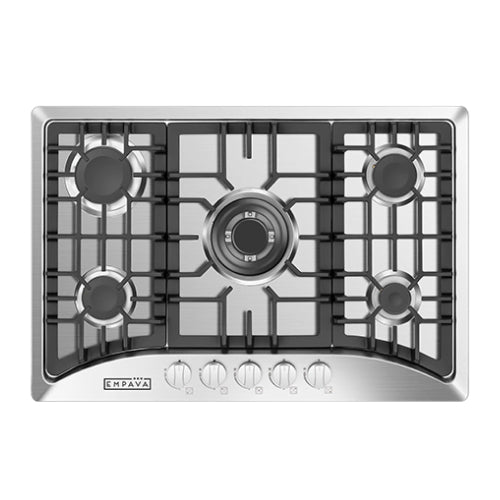
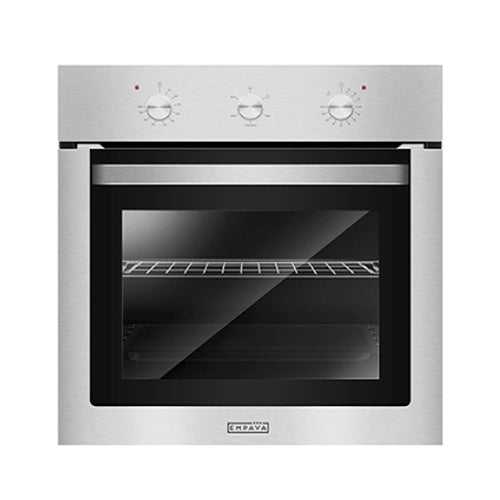
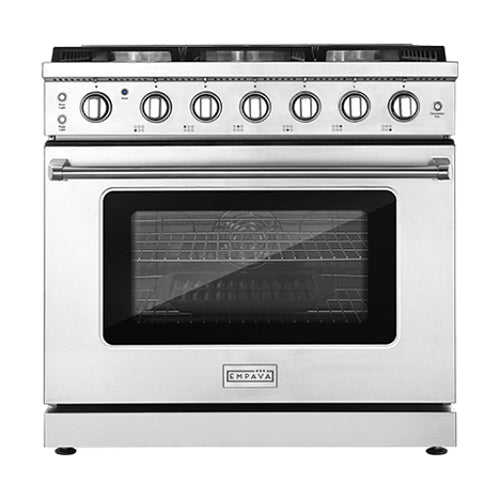
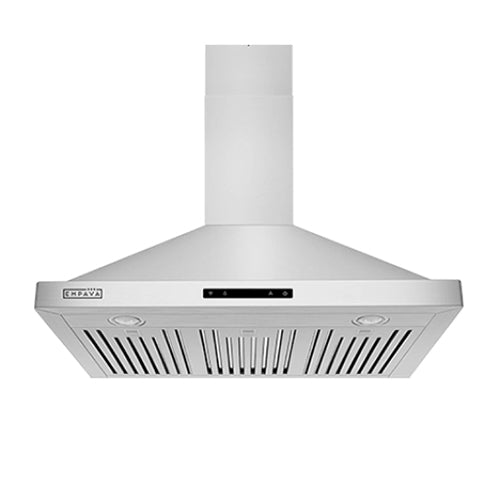
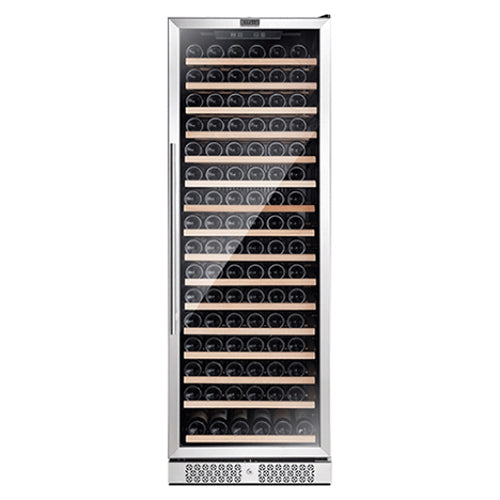
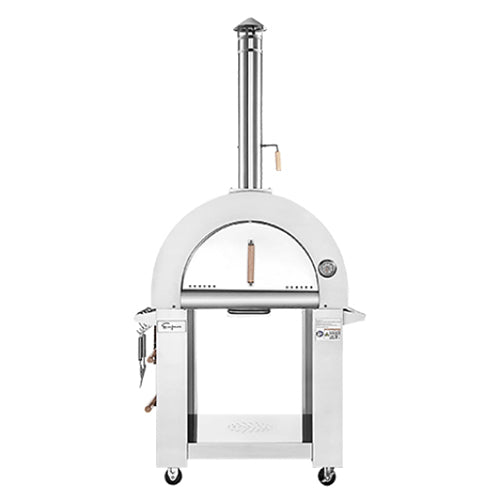
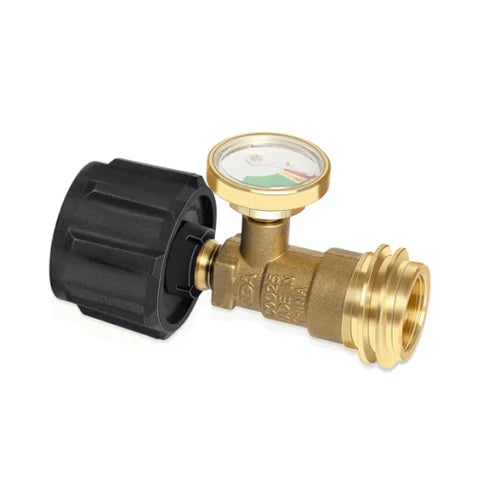
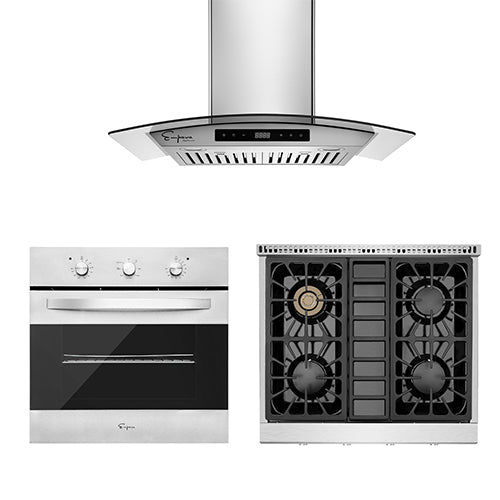
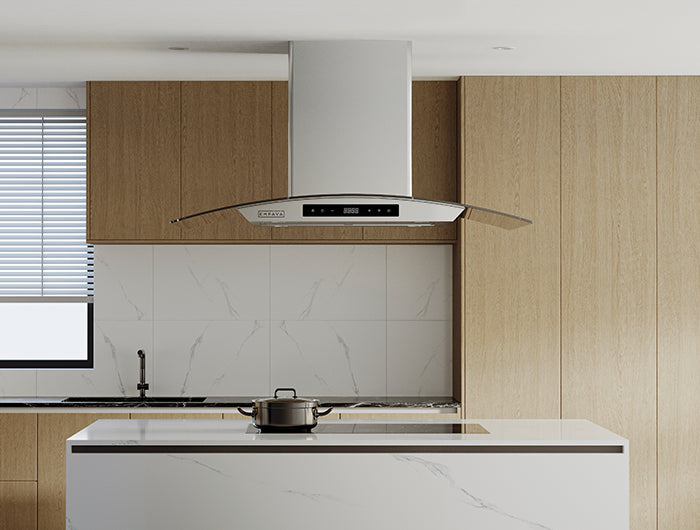



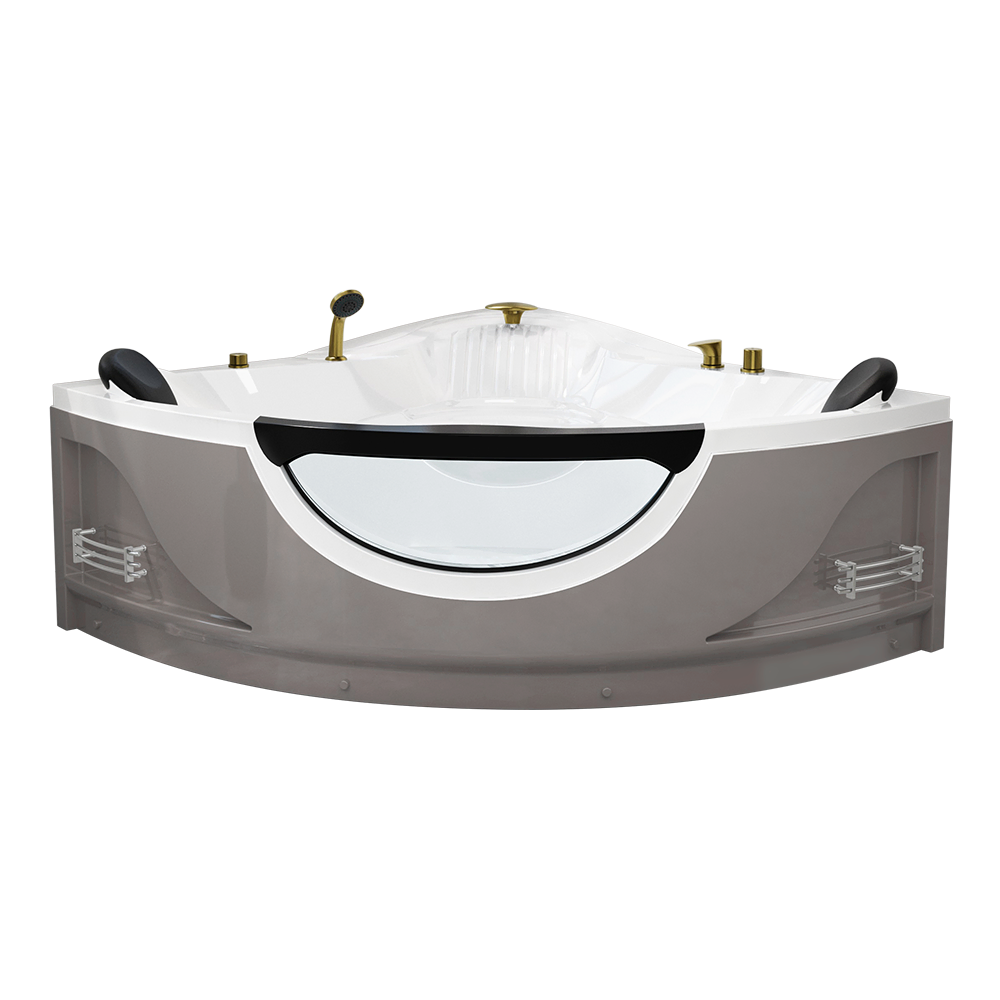
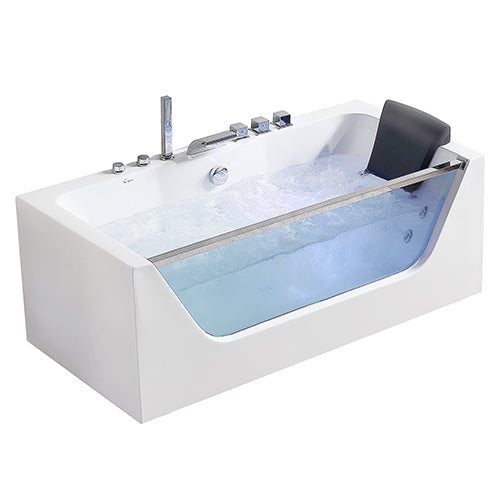
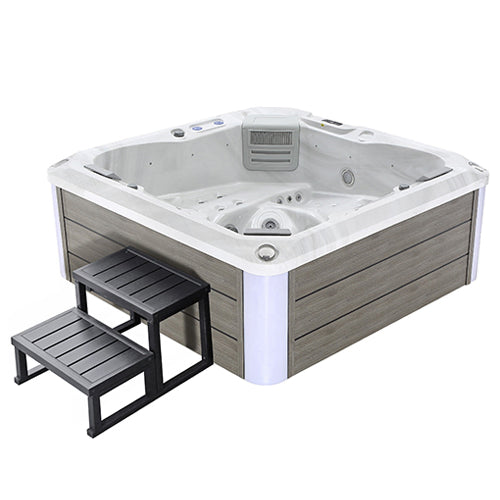
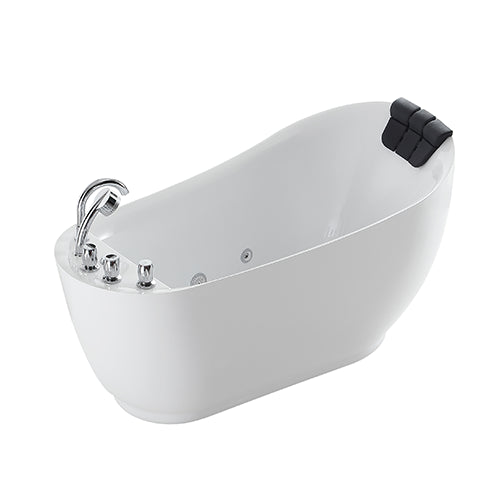
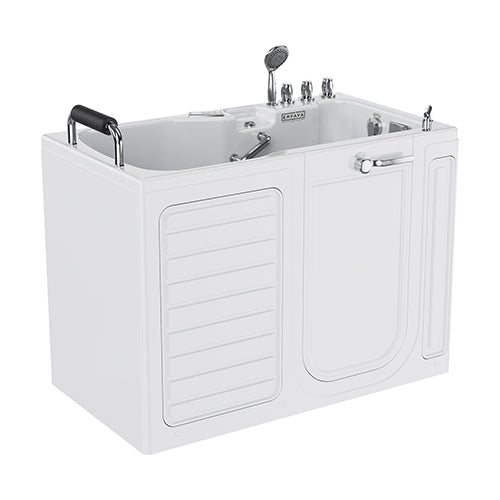
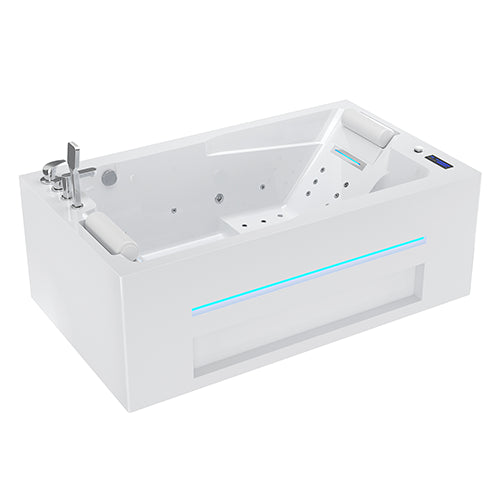
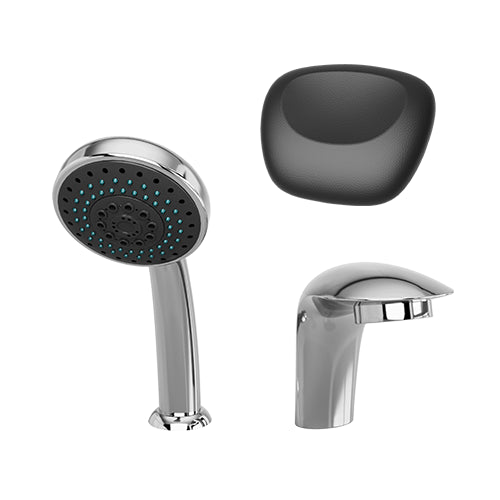
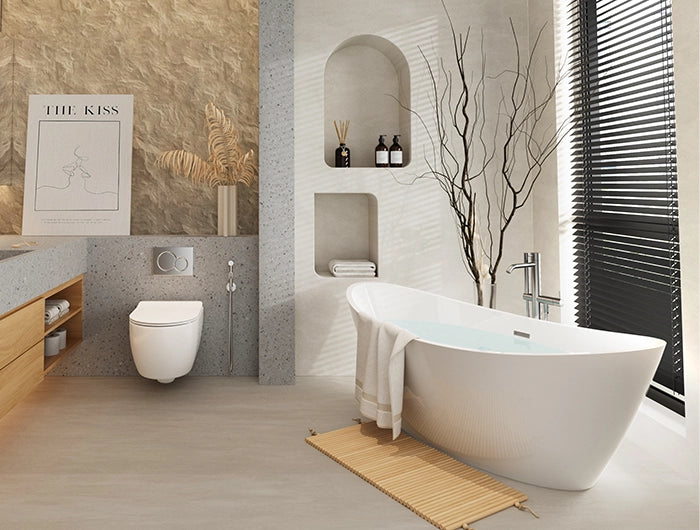
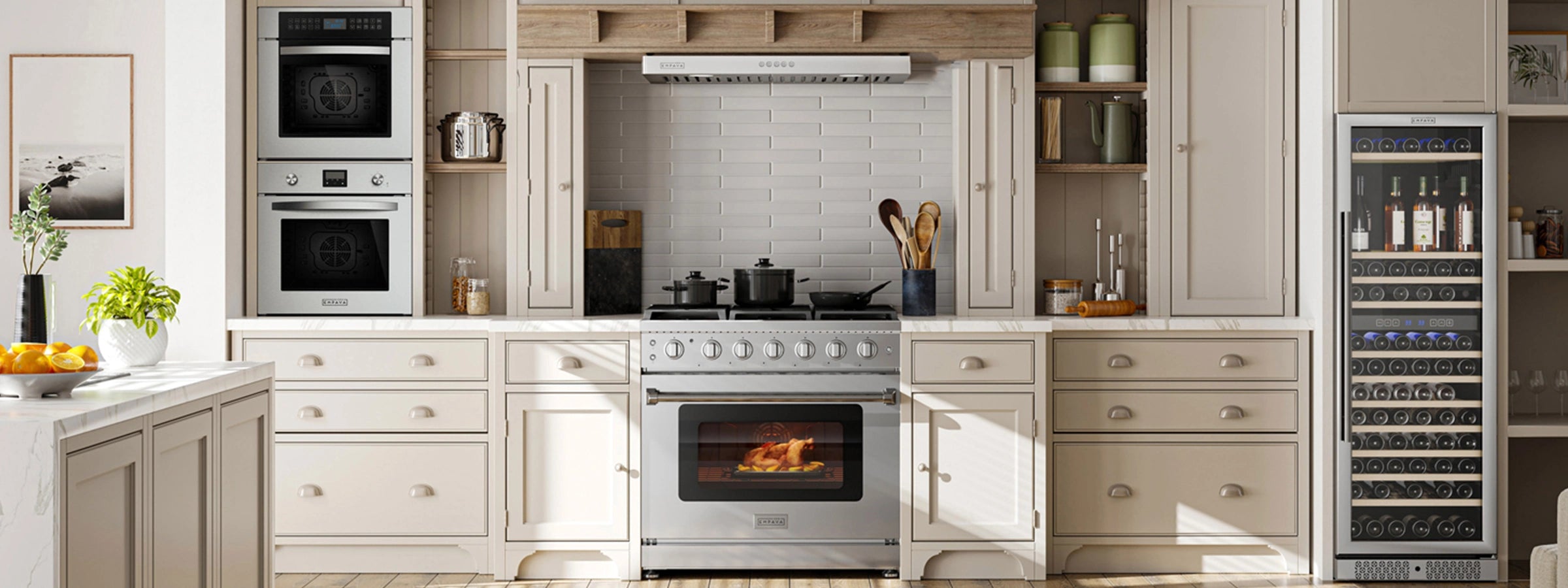



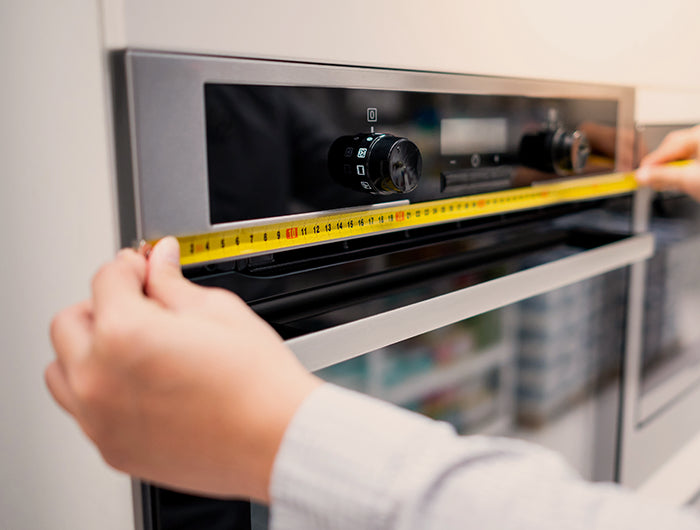



 LOG IN | Create
LOG IN | Create
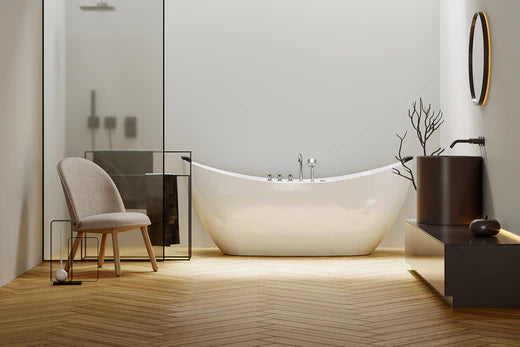
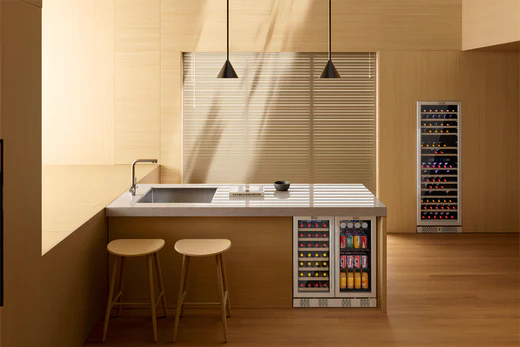

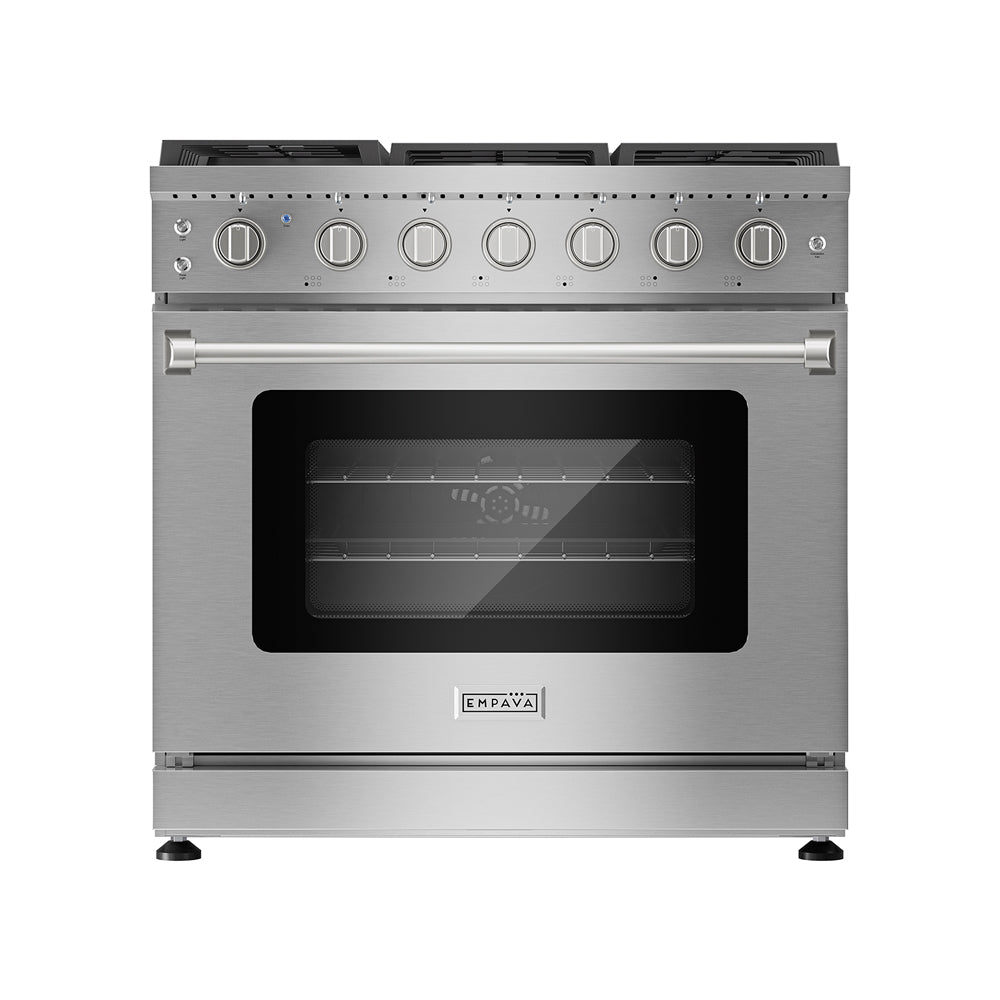
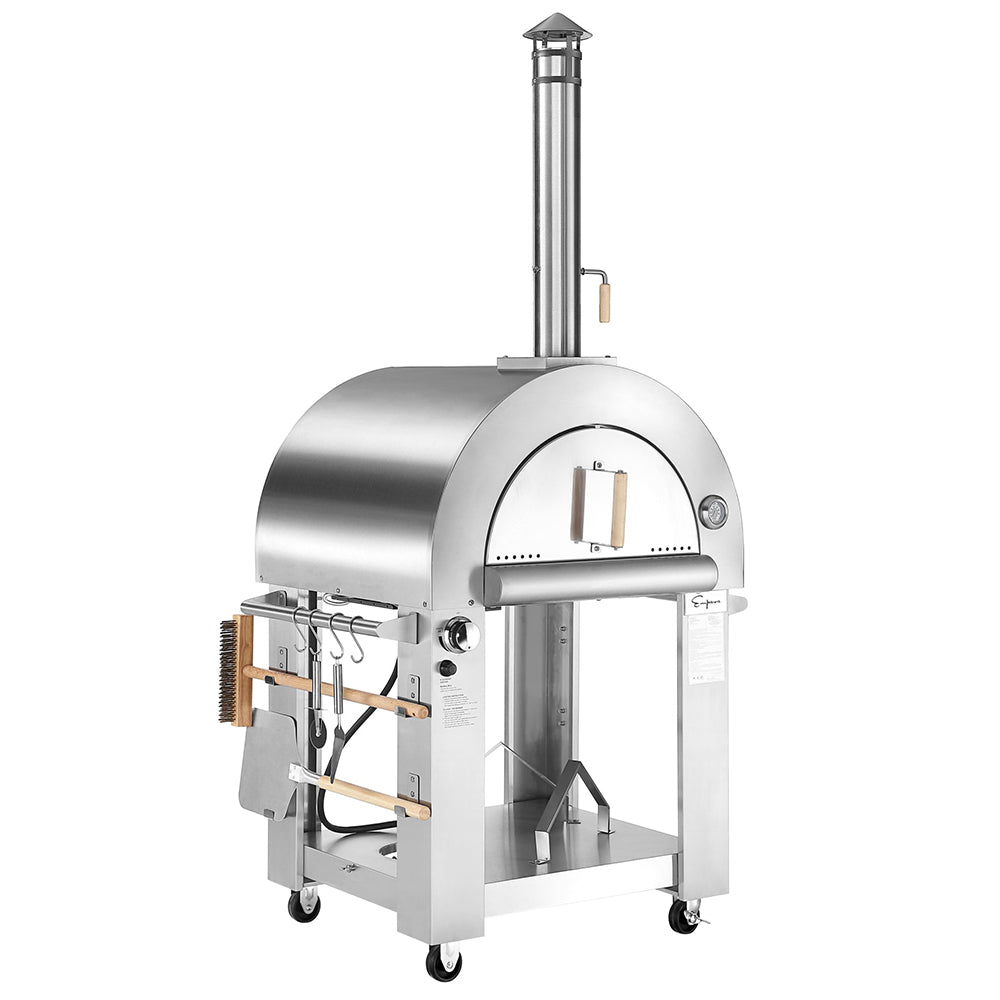
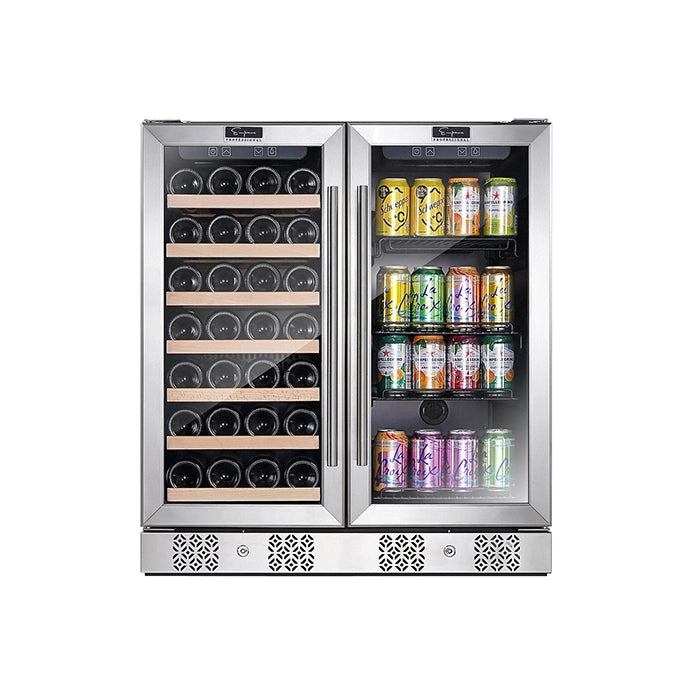
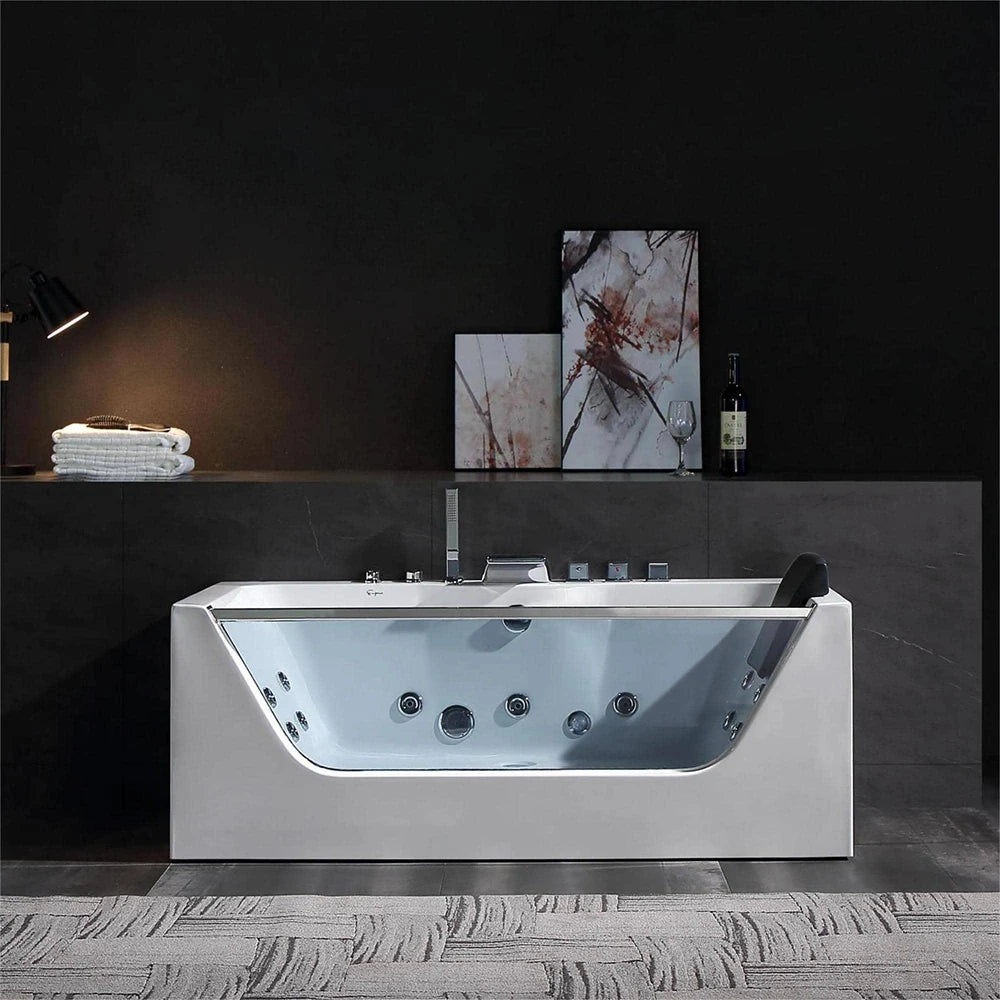
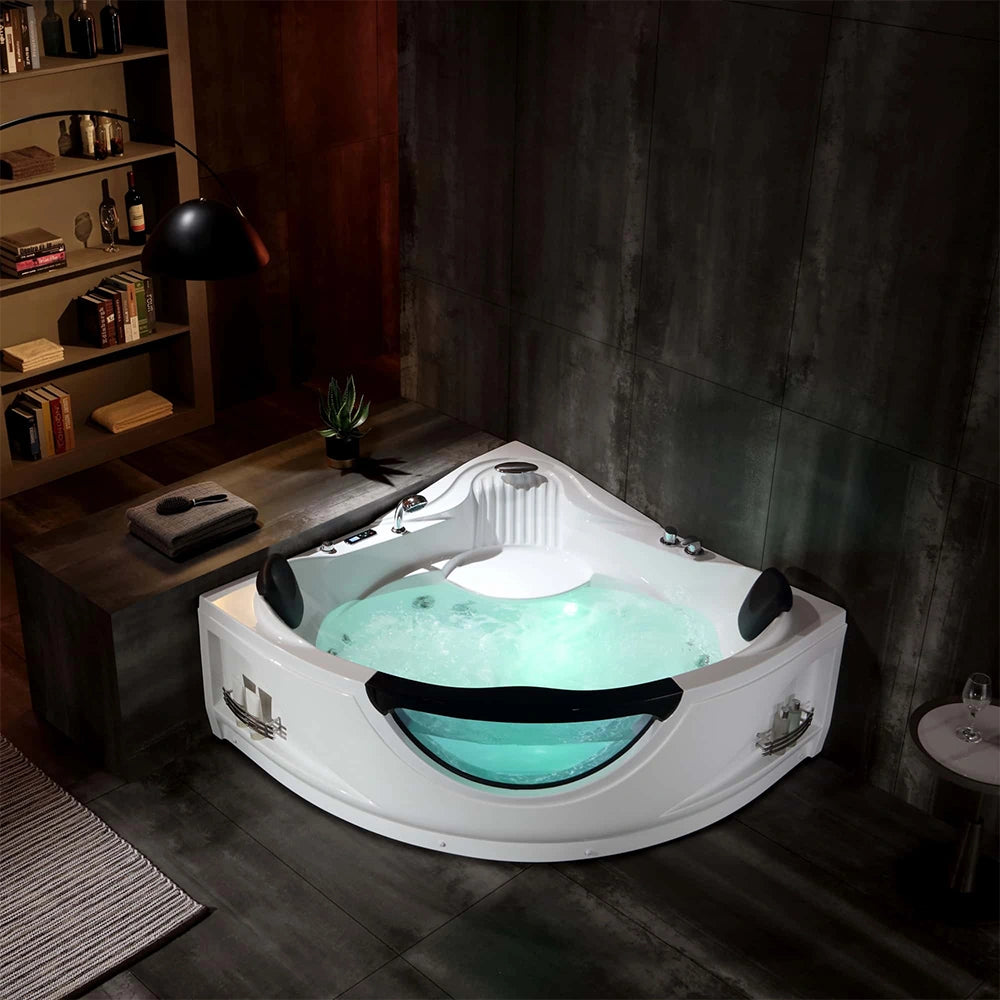
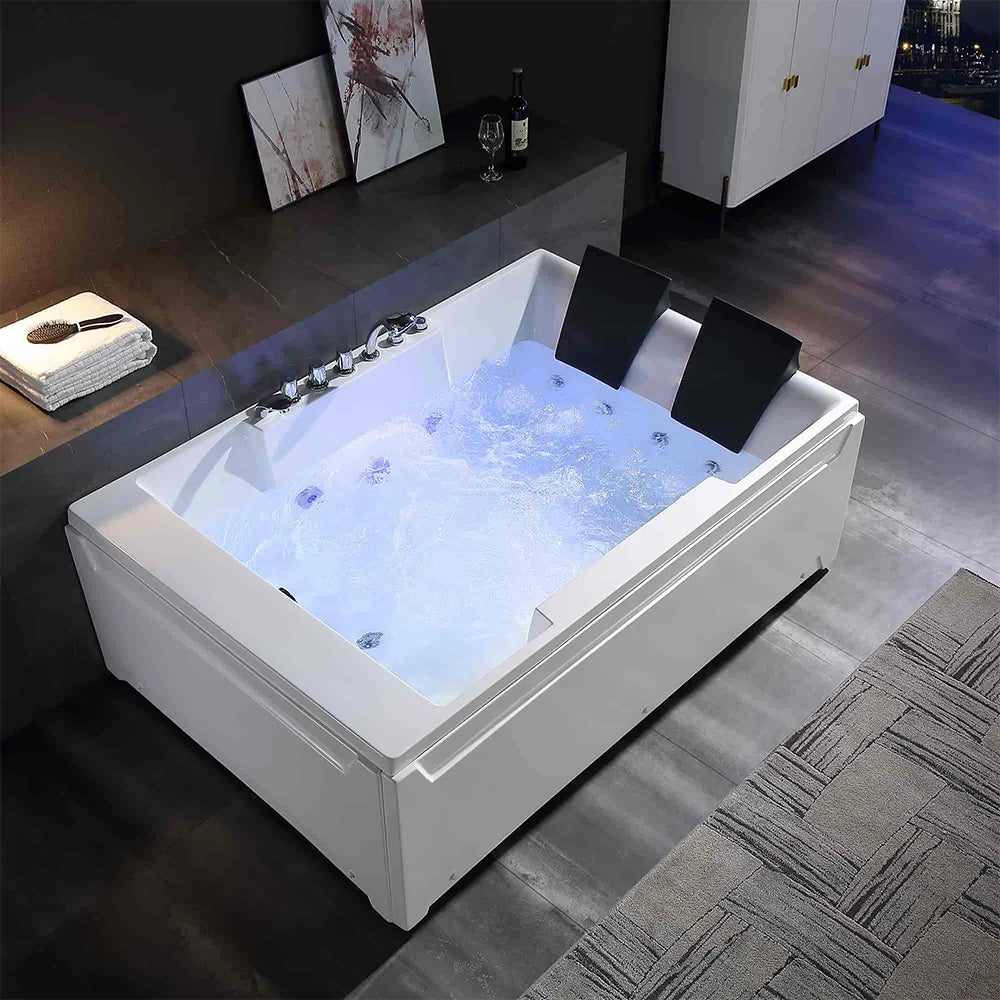
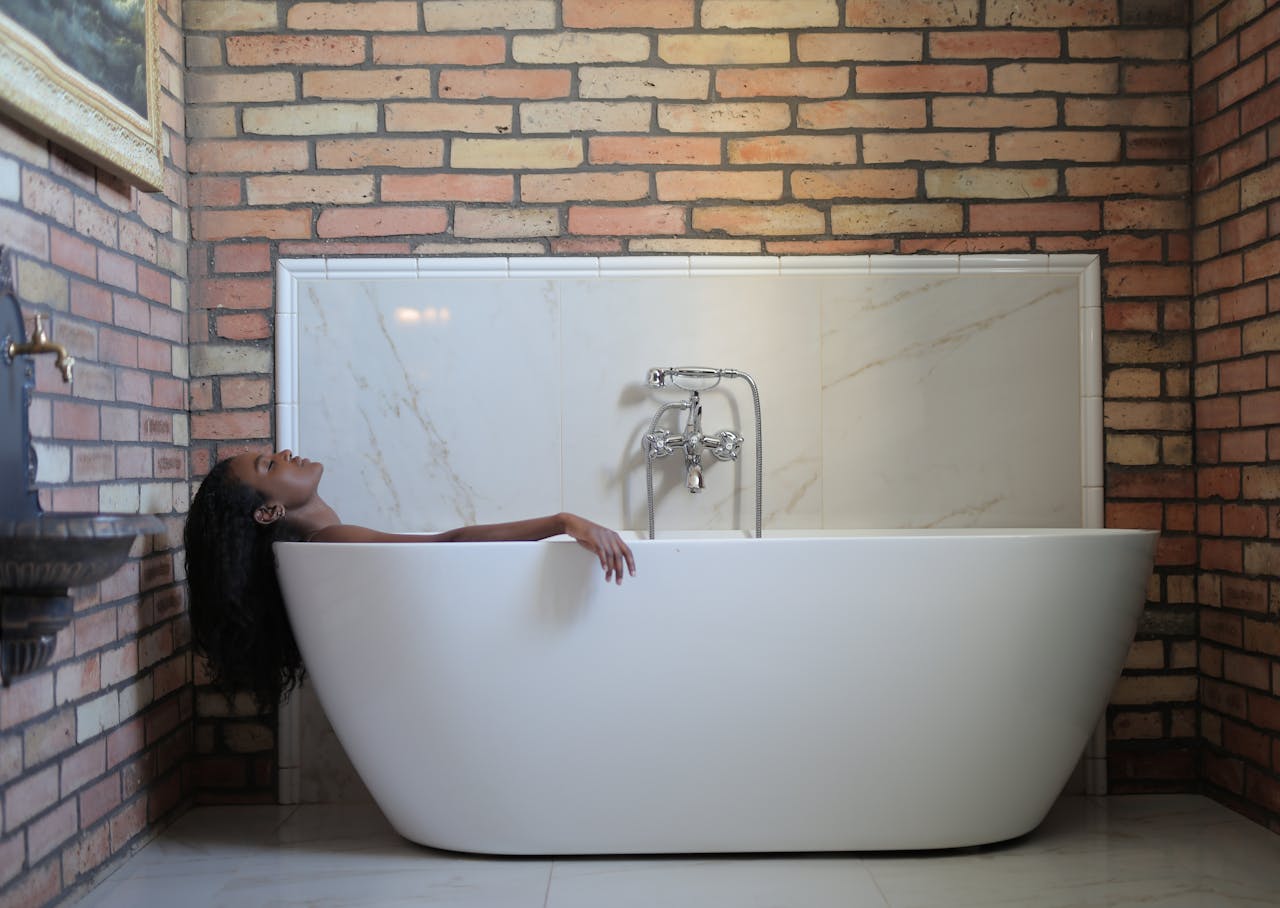
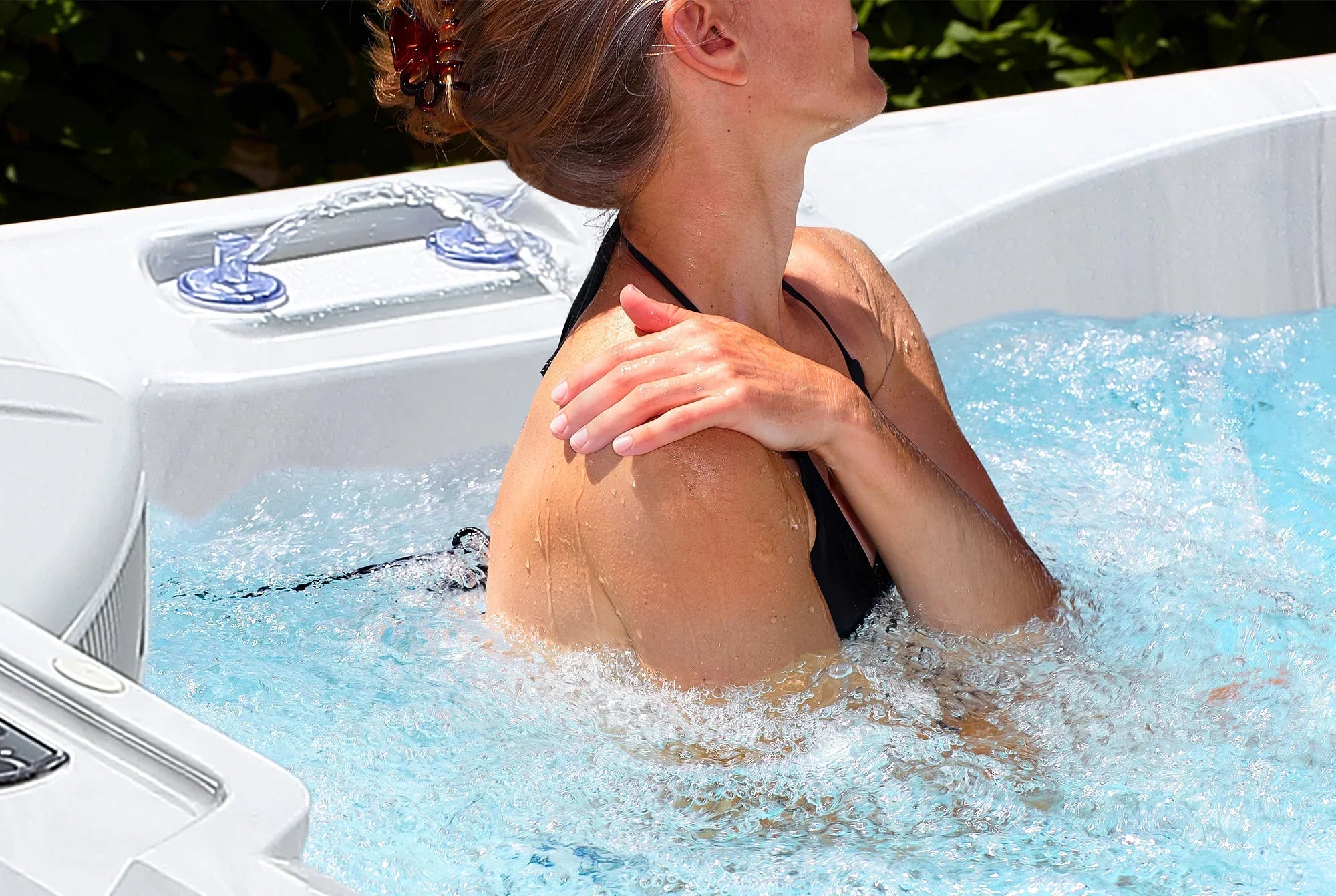


 added to cart
added to cart
 Select A Custom Kitchen Tool Set
Select A Custom Kitchen Tool Set
Leave a comment
All comments are moderated before being published.
This site is protected by hCaptcha and the hCaptcha Privacy Policy and Terms of Service apply.